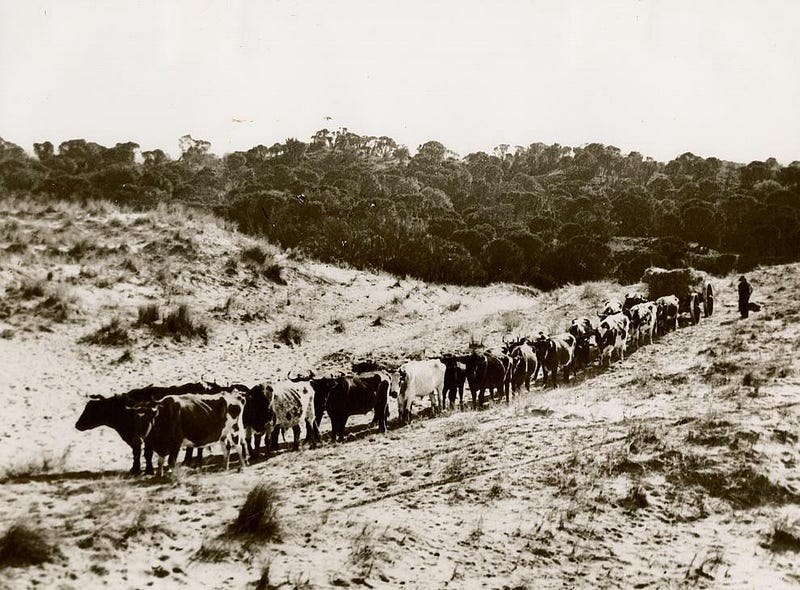
“The green reed which bends in the wind is stronger than the mighty oak which breaks in a storm.” ― Confucius
For the purpose of this Thursday Thought, I use the word “Rank” as follows:
As an adjective:
- growing with excessive luxuriance; vigorous and tall growth, as in tall rank weeds.
And as a noun:
- a number of persons forming a separate class in a social hierarchy or in any graded body.
You may be familiar with the concept of feeding your plants to nourish them and ultimately obtain lush, rapid growth. However, we must be careful not to overfeed plants. When we feed them we get rapid growth, but that growth may be forced growth or Rank Growth. Rank Growth may look fantastic aesthetically, but if you were to experience harsh weather conditions, the plants would be damaged and may not even survive a cold winter. The rapid growth happens fast, looks magnificent, but masks foundational problems, good intentions sometimes have negative impacts.
Another example where we see rank growth is with weight lifting when people supercharge growth by taking steroids.
Steroids V Natural Growth
Taking steroids leads to fast muscle gain, just like we see when you overfeed plants. The rapid growth can put a lot of stress on your ligaments and bones because they don’t have time to grow in line with the muscle gain. It is like putting an extra story on your house without making adequate structural changes. Ligaments take time to build and when you experience rapid growth of the muscle, the muscle looks great but is at risk of tearing. In some cases, the ligament itself can tear off the bone.
You can see where I am going with this. When businesses scale quickly, particularly when they have not built on strong foundations, they will struggle when times get tough …and times always get tough at some stage.
Strong Foundations
Many of the world’s roads still follow the paths laid down by oxcarts in the tenth century. Oxcarts followed paths of least resistance and gradually compressed the earth below their feet over a long period of time. The thing with such foundations is that they are built slowly and solidly.
On this week’s innovation show, I speak with Stuart Lancaster. Stuart is previously best known for his position as the head coach of the English national rugby union team from 2011 until 2015. In 2016, he joined the backroom team of the Ireland provincial side, Leinster Rugby and has been instrumental in their success. His secret? He builds people first, players second.
Stuart tells us to build a team you should follow the following process.
- Start with the Culture of the organisation: get the culture right!
- Next comes the Identity, “What it means to work for this team or this organisation and the history of it.”
- Story is important. Stuart suggests creating stories of the former people who used to work in the organisation. This reinforces what the company is striving to achieve.
- Higher Purpose comes next, sitting beyond the next quarter or the next tournament that you’re playing in as a team.
- Once you’ve got that, then you can drive Behaviours and Standards within the organisation.
- Then, you get Ownership.
In a sporting context, the goal is player-led leadership. You want the players on the field to own the team and the performance of the team. In a similar vein, we want the people on the ground, those working in the business to own the business performance. This is what I mean by Growth from the Ranks.
When a team is based on glossy skills and short-term results it is not enduring. It may win some games, but it will ultimately fail when hard times fall. This team will blame the referee, the tactics or even the coach.
When a leader is recognised and rewarded on tangible quarterly results it is not enduring, the business will fail when times are hard. This business will blame market conditions, competitors or even the people.
Building solid foundations requires time. Unfortunately, most CEOs and coaches are not afforded adequate time to allow true transformation to happen. The board, VCs, shareholders and owners often force growth which is tangible and the intangible foundational growth suffers as a result. Growth from the ranks is difficult to measure in the short term but transformational in the long term.
Rank growth is how most leaders and organisations are measured. Rank growth is rapid and tangible.
Growth from the ranks is a rare occurrence, it is subtle growth and often intangible and therein lies the challenge.
Episode 170 is: Sport’s Leadership Lessons for Business and Life with Stuart Lancaster
Stuart is previously best known for his position as the head coach of the English national rugby union team from 2011 until 2015, In 2016, he joined the backroom team of the Ireland provincial side, Leinster Rugby and has been instrumental in their success.
Stuart discusses leadership lessons from sport, with a focus on a business context.
In this episode we talk about: creating a purpose, a why, a vision, values and behaviours and people-led leadership to achieve success.
We discuss:
- The benefits of failure and the necessity of resilience.
- The desired characteristics of organisational achievement.
- The individual characteristics needed to achieve in any field.
- The elements of mind, body and soul.
- How to build a high-performing culture.
Have a listen:
- Web http://bit.ly/2FwsOJw
- Soundcloud https://lnkd.in/gBbTTuF
- Spotify http://spoti.fi/2rXnAF4
- iTunes https://apple.co/2gFvFbO
- Tunein http://bit.ly/2rRwDad
- iHeart http://bit.ly/2E4fhfl

